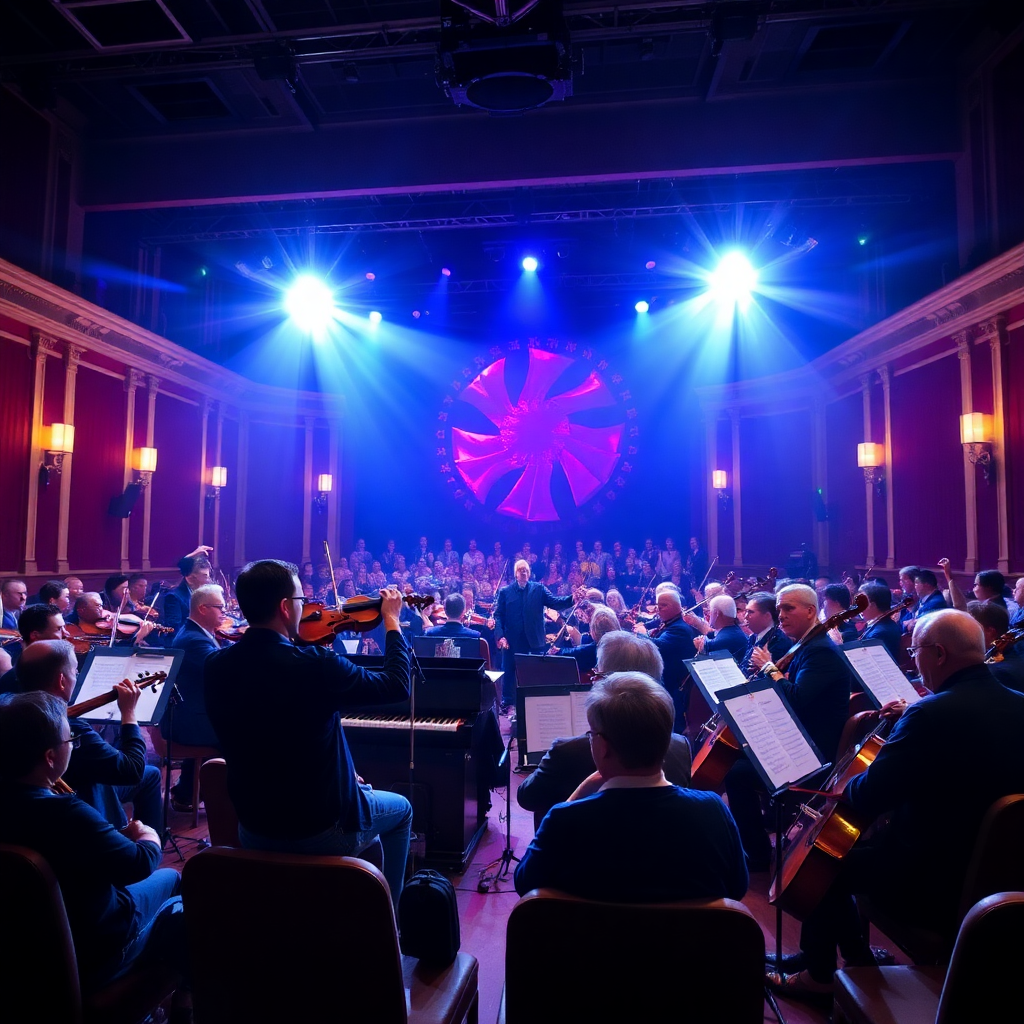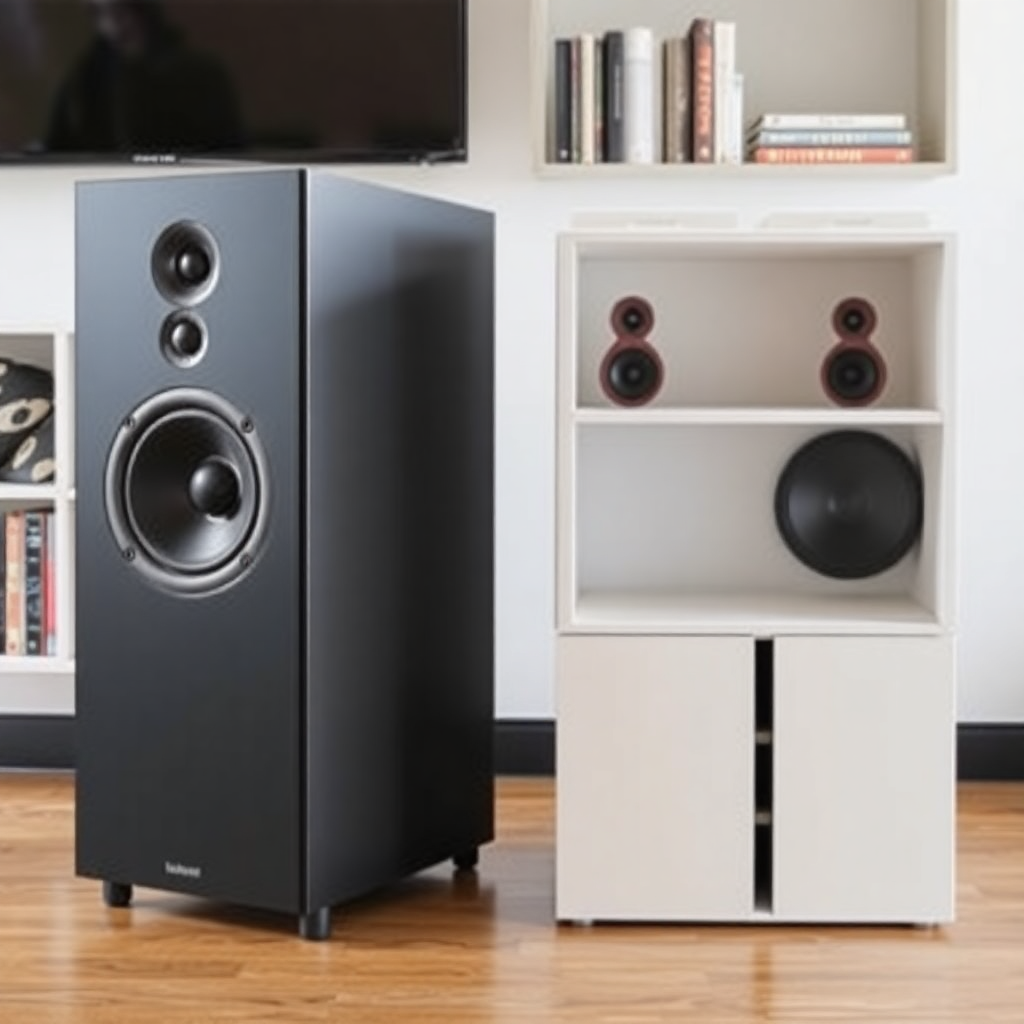Human Perception
Psychoacoustics
Psychoacoustics is a interesting idea that studies psychological and physiological responses associated with sound. It explores how humans perceive, process, and interpret auditory stimuli.
Fundamentals of Psychoacoustics
The Nature of Sound
Sound is a mechanical wave that propagates through a medium, typically air, as variations in pressure. It is characterized by properties such as frequency, amplitude, and wavelength. Frequency, measured in hertz (Hz), determines the pitch of a sound, while amplitude, measured in decibels (dB), determines its loudness. Understanding these properties is essential for studying how sound interacts with the auditory system.
The Auditory System
The human auditory system consists of the outer ear, middle ear, and inner ear, as well as the auditory nerve and brain. The outer ear captures sound waves and funnels them into the ear canal, where they vibrate the eardrum. These vibrations are transmitted through the middle ear’s ossicles (tiny bones) to the cochlea in the inner ear. The cochlea, a fluid-filled structure, contains hair cells that convert mechanical vibrations into electrical signals, which are then processed by the brain.

Perceptual Attributes of Sound
Pitch Perception
Pitch is the perceptual attribute of sound that allows us to distinguish between high and low tones. It is primarily determined by the frequency of a sound wave. The human auditory system can detect a wide range of frequencies, from approximately 20 Hz to 20,000 Hz. Pitch perception is also influenced by factors such as the harmonic structure of the sound and the listener’s auditory experience.
Loudness Perception
Loudness is the perceptual attribute of sound that corresponds to its intensity or amplitude. It is influenced by the sound pressure level (SPL) and the listener’s sensitivity to different frequencies. The human ear is most sensitive to frequencies in the range of 2,000 to 5,000 Hz, where even small changes in amplitude can produce noticeable differences in loudness.
Timbre Perception
Timbre, often referred to as the “color” or “quality” of sound, is the perceptual attribute that distinguishes between sounds with the same pitch and loudness. It is determined by the spectral content, temporal characteristics, and amplitude envelope of the sound. Timbre allows us to differentiate between musical instruments, voices, and other sound sources.
Temporal Processing
Temporal Resolution
Temporal resolution refers to the ability of the auditory system to detect and process rapid changes in sound over time. It is essential for perceiving the timing and rhythm of sounds, such as speech and music. The auditory system can detect temporal gaps as short as a few milliseconds, allowing us to perceive fine temporal details in complex auditory signals.
Temporal Integration
Temporal integration is the process by which the auditory system combines acoustic information over time to form a coherent perceptual experience. This process plays a crucial role in perceiving the loudness and duration of sounds. Temporal integration can affect how we perceive continuous and intermittent sounds, as well as the overall auditory scene.

Spatial Hearing
Localization of Sound Sources
Spatial hearing is the ability to perceive the location and direction of sound sources in the environment. It relies on binaural cues (differences in sound arrival time and intensity between the two ears) and monaural cues (spectral changes caused by the shape of the outer ear). These cues allow us to determine the azimuth (horizontal direction), elevation (vertical direction), and distance of sound sources.
Spatial Perception in Reverberant Environments
In real-world environments, sound waves reflect off surfaces, creating reverberation. The auditory system can use these reflections to enhance spatial perception and determine the characteristics of the environment. Reverberation can provide information about the size, shape, and materials of a space, influencing our perception of distance and room acoustics.
Auditory Scene Analysis
Segregation and Integration of Sound Sources
Auditory scene analysis is the process by which the auditory system organizes and interprets complex acoustic environments. It involves the segregation of different sound sources and the integration of related auditory information. This process allows us to focus on a specific sound source, such as a conversation in a noisy room, while ignoring irrelevant background noise.
Gestalt Principles in Auditory Perception
Gestalt principles, originally developed in the context of visual perception, also apply to auditory perception. These principles describe how the auditory system groups sounds based on similarities in frequency, timing, and spatial location. Gestalt principles, such as proximity, similarity, and continuity, help us organize auditory information into coherent perceptual units.
Applications of Psychoacoustics
Music and Sound Design
Psychoacoustic principles play a crucial role in music production and sound design. Understanding how humans perceive pitch, loudness, and timbre allows composers and sound engineers to create auditory experiences that evoke specific emotions and responses. Psychoacoustic research informs the development of audio effects, such as equalization, compression, and spatialization, enhancing the quality and impact of music and soundscapes.
Audio Engineering and Acoustics
In audio engineering, psychoacoustic knowledge is applied to optimize sound reproduction and recording. Techniques such as perceptual coding, used in audio compression formats like MP3 and AAC, exploit the limitations of human hearing to reduce file sizes without perceptible loss of quality. Room acoustics design also leverages psychoacoustic principles to create spaces with desirable acoustic properties for listening and recording.
Hearing Aids and Assistive Devices
Psychoacoustic research informs the design and development of hearing aids and assistive listening devices. Understanding the perceptual and cognitive aspects of hearing loss allows engineers to create devices that enhance speech intelligibility, restore natural sound perception, and improve the overall listening experience for individuals with hearing impairments.
Conclusion
Psychoacoustics is a multidisciplinary field that bridges the gap between physical acoustics and human perception. By exploring the complex interactions between sound and the auditory system, we gain a deeper understanding of how we perceive and interpret auditory information. This knowledge has practical applications in music, audio engineering, hearing technology, and beyond, enhancing our ability to create, reproduce, and enjoy sound.
Join the Discussion
What are your thoughts on the principles of psychoacoustics and their applications? How can psychoacoustic research contribute to advancements in audio technology and hearing aids?
















Psychology Behind Fitness And Yoga Gear And Does It Fitter
[…] style and identity. Whether it’s choosing vibrant yoga leggings or sleek performance gear, these choices can make individuals feel more connected to their routines. Feeling like the best version of yourself while working out […]